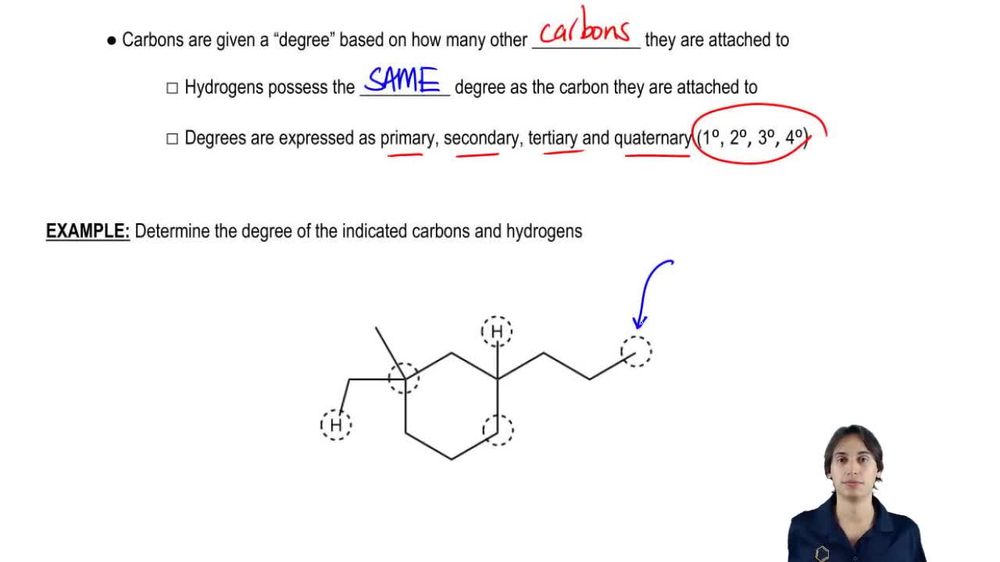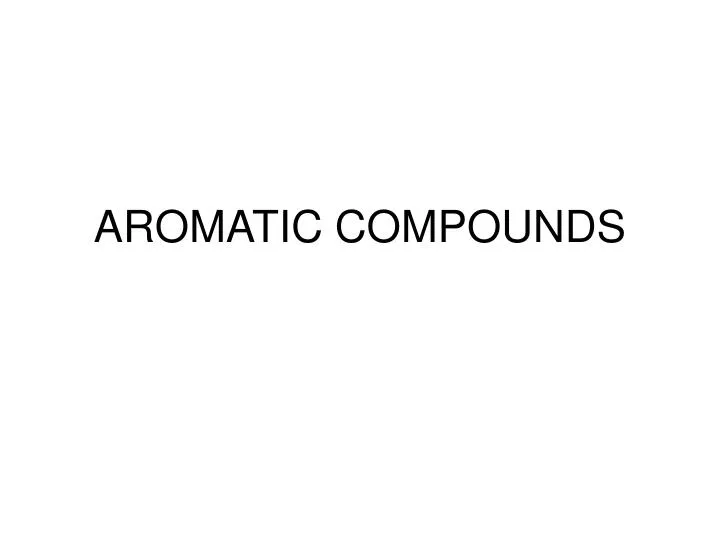Benzyl vs Phenyl: Key Differences Explained

When diving into the world of organic chemistry, understanding the differences between benzyl and phenyl groups is crucial. These two terms often appear in discussions about chemical structures, reactions, and applications. While they might seem similar at first glance, they have distinct characteristics that set them apart. This post will break down the key differences between benzyl and phenyl, helping you grasp their roles in chemistry and related fields.
What is a Phenyl Group?

A phenyl group is a functional group derived from benzene, represented by the chemical formula C6H5. It consists of a six-carbon aromatic ring with one hydrogen atom removed. Phenyl groups are fundamental in organic chemistry and are found in various compounds, including pharmaceuticals, dyes, and polymers. Their aromatic nature makes them highly stable and reactive in specific chemical processes.
What is a Benzyl Group?

A benzyl group, on the other hand, is derived from toluene and is represented by the formula C6H5CH2. Unlike the phenyl group, the benzyl group includes a methylene bridge (CH2) attached to the aromatic ring. This additional group significantly influences its reactivity and applications, making it distinct from the phenyl group.
Key Differences Between Benzyl and Phenyl

To better understand the contrast, let’s compare their structures, properties, and applications:
| Feature | Phenyl Group | Benzyl Group |
|---|---|---|
| Chemical Formula | C6H5 | C6H5CH2 |
| Structure | Aromatic ring only | Aromatic ring with a methylene bridge |
| Reactivity | High stability due to aromaticity | More reactive due to the presence of the CH2 group |
| Common Uses | Pharmaceuticals, dyes, polymers | Protecting groups, fragrances, pharmaceuticals |

Structural Differences
The primary structural difference lies in the presence of the methylene bridge in the benzyl group. This small change alters the group’s reactivity and how it interacts with other molecules. The phenyl group, being just the aromatic ring, is more straightforward in its structure and reactivity.
Reactivity and Applications
The benzyl group’s additional CH2 makes it more reactive, particularly in substitution reactions. This reactivity is harnessed in applications like protecting groups in organic synthesis. Phenyl groups, with their stable aromatic rings, are preferred in compounds requiring high stability, such as pharmaceuticals and polymers.
📌 Note: Understanding the reactivity differences between benzyl and phenyl groups is essential for choosing the right functional group in chemical synthesis.
Practical Applications

Both groups have unique applications in various industries:
- Phenyl Group: Widely used in the production of plastics, resins, and pharmaceuticals due to its stability.
- Benzyl Group: Commonly employed as a protecting group in organic synthesis and in the fragrance industry for its aromatic properties.
Summary Checklist

To recap, here’s a quick checklist of the key differences:
- Phenyl group: C6H5, aromatic ring only.
- Benzyl group: C6H5CH2, includes a methylene bridge.
- Phenyl is more stable, while benzyl is more reactive.
- Phenyl is used in stable compounds; benzyl is used in reactive processes.
By understanding these differences, you can better navigate the complexities of organic chemistry and make informed decisions in your research or applications. (organic chemistry, functional groups, chemical synthesis)
What is the main difference between benzyl and phenyl groups?
+The main difference lies in their structure: phenyl is an aromatic ring (C6H5), while benzyl includes a methylene bridge (C6H5CH2).
Which group is more reactive, benzyl or phenyl?
+The benzyl group is more reactive due to the presence of the CH2 group, which allows for easier substitution reactions.
Where are phenyl groups commonly used?
+Phenyl groups are widely used in pharmaceuticals, dyes, polymers, and other compounds requiring high stability.



